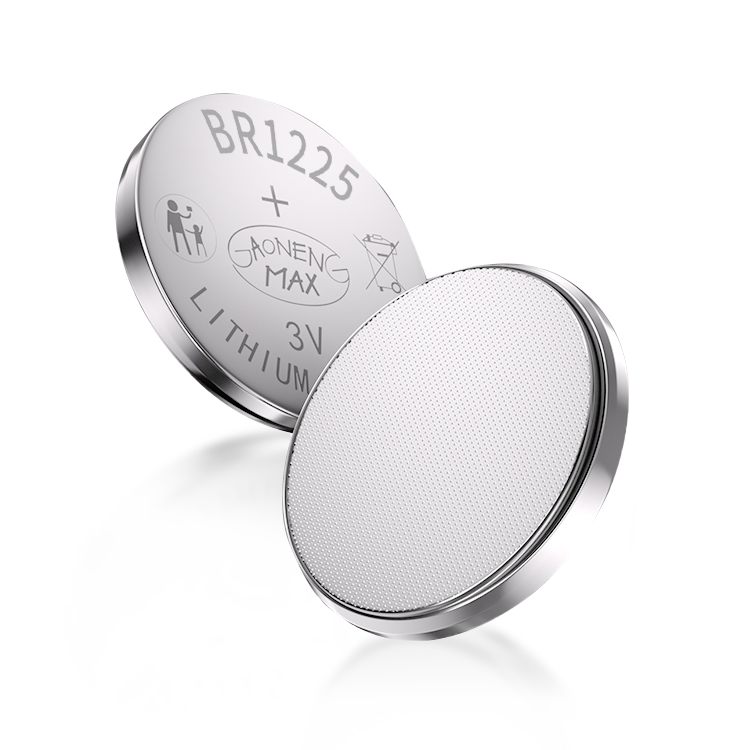
The design and manufacturing of lithium - ion battery packs are crucial links that determine the overall performance, safety, and service life of lithium - ion battery systems. Different from individual battery cells, battery packs need to integrate multiple cells, manage systems, and structural components to meet the power, capacity, and safety requirements of various application scenarios such as electric vehicles (EVs), energy storage systems (ESS), and consumer electronics.
1. Design Considerations
Cell Selection and Configuration: The first step in battery pack design is to select appropriate battery cells based on application requirements. Factors such as cell chemistry (lithium - cobalt oxide, lithium - nickel - manganese - cobalt oxide, lithium - iron phosphate, etc.), form factor (cylindrical, prismatic, pouch), energy density, and cycle life are taken into account. For example, lithium - iron phosphate cells with high safety and long cycle life are often used in ESS, while lithium - nickel - manganese - cobalt oxide cells with high energy density are preferred for EVs. After cell selection, the cells are configured in series and parallel combinations to achieve the required voltage and capacity. For instance, an EV battery pack may consist of hundreds of cells connected in series to reach a voltage of 300 - 400 V and in parallel to obtain a capacity of tens of kWh. The series - parallel configuration must be carefully designed to ensure balanced current distribution among cells and avoid overcharging or over - discharging of individual cells.
Structural Design: The structural design of the battery pack aims to provide mechanical protection for the cells, ensure thermal management, and facilitate installation and maintenance. The battery pack case is usually made of high - strength materials such as aluminum alloy or carbon fiber composite to withstand external impacts, vibrations, and compression. Inside the case, cell holders or modules are used to fix the cells in place, preventing movement and collision between cells during use. Thermal management channels are designed between cells to allow the circulation of cooling or heating media (such as air, liquid, or phase - change materials) to maintain the cell temperature within the optimal range (25 - 40°C). Additionally, the structural design should consider the layout of electrical components such as the battery management system (BMS) sensors, fuses, and connectors to ensure easy access for inspection and maintenance.
Battery Management System (BMS) Integration: The BMS is the "brain" of the battery pack, responsible for monitoring and managing the state of the battery cells. In the design process, the BMS needs to be integrated with the battery pack to collect real - time data such as cell voltage, current, temperature, and SOC. The BMS uses this data to perform functions such as cell balancing (to ensure all cells have the same voltage and SOC), overcharge/over - discharge protection, short - circuit protection, and thermal management control. The communication interface of the BMS (such as CAN bus) should be compatible with the external system (e.g., the vehicle control unit in EVs) to enable data transmission and control commands.
2. Manufacturing Process
Cell Sorting and Grading: Before assembling the battery pack, individual cells are sorted and graded based on parameters such as capacity, voltage, internal resistance, and self - discharge rate. This ensures that cells with similar performance are grouped together, reducing the impact of cell inconsistency on battery pack performance and life. Advanced sorting equipment uses high - precision testing instruments to measure cell parameters and classify them into different grades. Only cells of the same grade are used in the same battery pack or module.
Module Assembly: For large - capacity battery packs, cells are first assembled into modules to simplify the manufacturing process and improve maintainability. The module assembly process involves connecting cells in series and parallel using bus bars (made of copper or aluminum), welding or crimping the connections to ensure low resistance and high reliability. The bus bars are insulated with materials such as PVC or Kapton tape to prevent short - circuits. After connecting the cells, the module is equipped with a module - level BMS (if applicable) and a thermal management system (such as cooling plates or heat sinks). The module is then tested for electrical performance (voltage, resistance) and leak tightness (for liquid - cooled modules) to ensure quality.
Pack Assembly and Testing: The assembled modules are installed into the battery pack case along with other components such as the main BMS, fuses, relays, and connectors. The electrical connections between modules and components are made using high - voltage cables and connectors, which are secured and insulated to meet safety standards. After assembly, the battery pack undergoes a series of tests, including electrical performance testing (capacity, voltage, internal resistance, charge - discharge cycle), safety testing (overcharge, over - discharge, short - circuit, impact, vibration), and environmental testing (high/low temperature operation, humidity resistance). Only battery packs that pass all tests are considered qualified and ready for delivery.
Read recommendations:
401030 90mAh 3.7V
Advantages and disadvantages of lithium iron phosphate battery
Charging Methods for Rechargeable Lithium Batteries
energy storage battery for solar system Manufacturing
27A battery












































 360° FACTORY VR TOUR
360° FACTORY VR TOUR
 Whatsapp
Whatsapp
 Tel
Tel Email
Email TOP
TOP